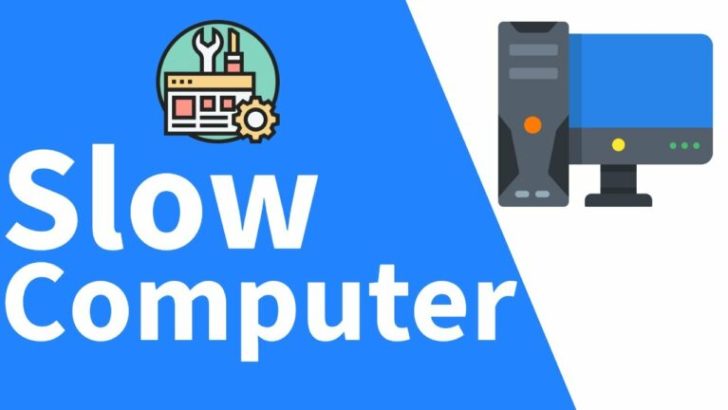Troubleshooting common computer issues is a vital skill for anyone using technology in the United States, whether at home or in the workplace. As computers become more integrated into daily life, understanding how to identify and resolve typical problems can save time, money, and frustration. From slow performance to connectivity issues, there are several common problems users encounter. This article explores these issues and provides practical solutions that can be applied by both tech-savvy individuals and those new to computing.
Common Computer Issues and Their Causes
One of the most frequent problems users face is a slow-performing computer. This can be caused by a variety of factors, including insufficient RAM, an overloaded hard drive, or too many programs running simultaneously. In the United States, where digital workflows are often complex, it’s not uncommon for systems to become bogged down over time. Another cause could be outdated software or operating systems, which may not be optimized for modern applications. Additionally, malware or viruses can significantly impact system performance, making it essential to maintain up-to-date antivirus protection.
Another widespread issue is connectivity problems, particularly with Wi-Fi networks. Users might experience dropped connections, slow internet speeds, or inability to connect to the network at all. These issues can stem from hardware malfunctions, such as a faulty router or modem, or software conflicts, like incorrect network settings. In the U.S., where high-speed internet is a necessity for both personal and professional use, ensuring stable connectivity is crucial. Factors like physical obstructions, interference from other devices, or even local network congestion can also contribute to these problems.
Step-by-Step Solutions for Common Problems
When dealing with a slow computer, the first step is to check the system’s resource usage. Opening the Task Manager (Ctrl+Shift+Esc) allows users to see which processes are consuming the most CPU, memory, or disk resources. Closing unnecessary programs can free up system resources and improve performance. Additionally, clearing temporary files and uninstalling unused software can help reduce the load on the hard drive. For users who frequently work with large files or run multiple applications, upgrading to a solid-state drive (SSD) can provide a significant boost in speed.
For connectivity issues, starting with basic troubleshooting steps is often effective. Restarting the router and modem can resolve many temporary glitches. Checking the physical connections, such as Ethernet cables or Wi-Fi antennas, ensures there are no hardware-related problems. If the issue persists, resetting the network settings or updating the device drivers might be necessary. In some cases, contacting the internet service provider (ISP) can help identify if there is a broader issue affecting the network.
Preventative Measures for a Smoother Experience
Prevention is always better than cure when it comes to computer issues. Regular maintenance tasks, such as updating the operating system and software, can prevent compatibility problems and security vulnerabilities. Creating regular backups of important data is also essential, especially in the U.S., where natural disasters or cyberattacks can lead to data loss. Using reliable backup solutions, whether cloud-based or external drives, ensures that critical information remains safe.
Another preventative measure is to avoid downloading suspicious files or clicking on unknown links, which can introduce malware to the system. Installing and maintaining a reputable antivirus program helps detect and remove threats before they cause damage. Additionally, keeping the computer’s hardware clean and well-ventilated can prevent overheating, which is a common cause of system crashes and performance issues.
When to Seek Professional Help
While many common computer issues can be resolved with basic troubleshooting, there are times when professional assistance is necessary. If a user is unsure about the cause of a problem or if the issue persists after attempting various solutions, consulting a certified technician can provide a more accurate diagnosis. In the United States, IT support services are widely available, offering both remote and on-site assistance for businesses and individuals alike. Professional help can also be beneficial for complex tasks, such as data recovery or network setup, where specialized knowledge is required.
In conclusion, troubleshooting common computer issues is an essential skill for anyone using technology in the United States. By understanding the causes of these problems and implementing practical solutions, users can maintain a smooth and efficient computing experience. Whether through self-help measures or professional assistance, addressing computer issues promptly can prevent further complications and ensure continued productivity.
